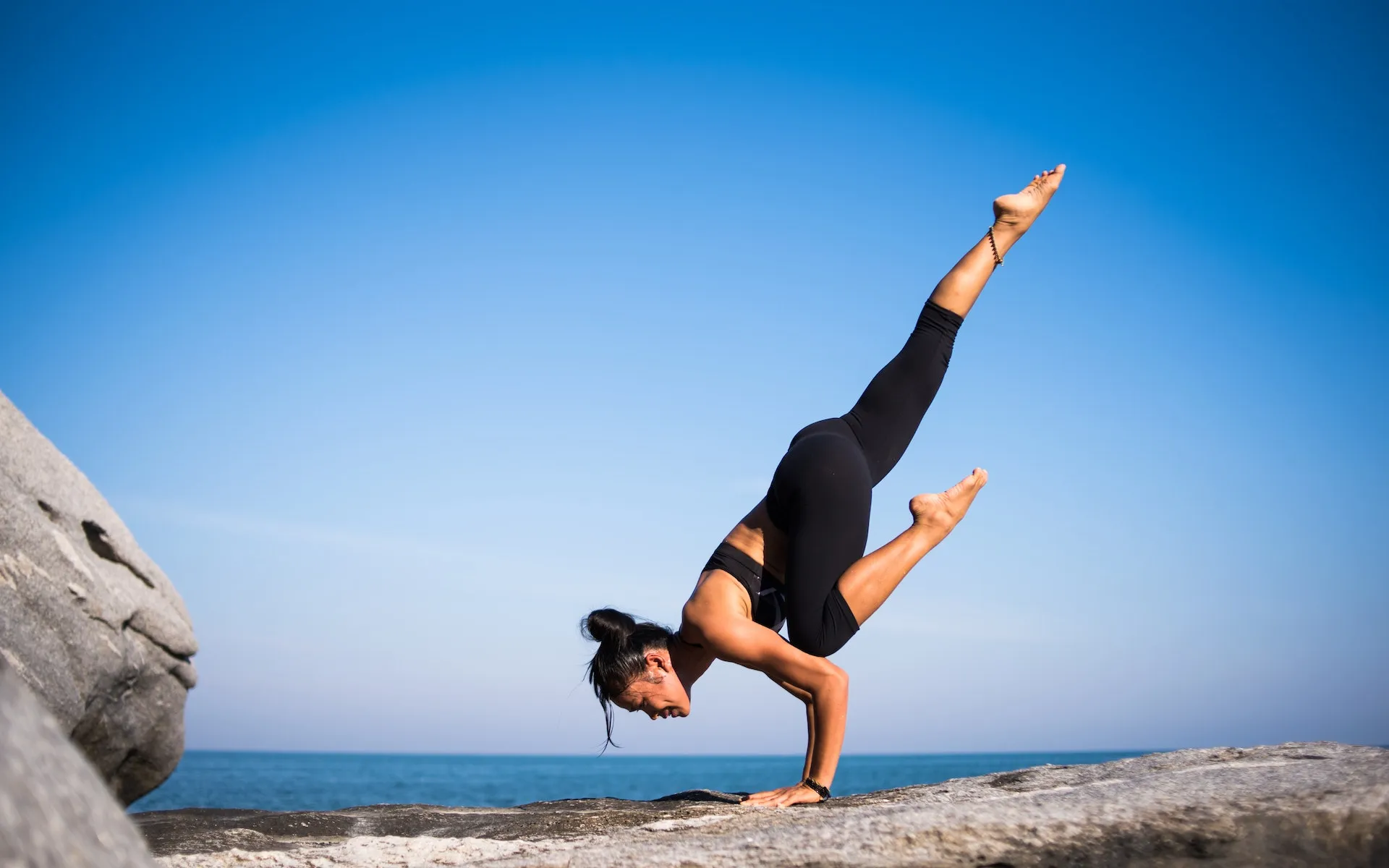Injuries from a fall can prevent you from living independently as you age. We use an evidence-based approach to objectively measure your fall risk and create a personalized exercise program. We’ve helped many seniors improve their mobility and prevent falls. Our goal is to come alongside so you can live happily, healthily, and independently for as long as possible.
Improving your walking skills — technically known as your “gait” — and your balance are interrelated challenges. Good, skilled, physical therapy helps you master these skills to decrease your risk of injury, while at the same time increasing your confidence and independence.

Who can benefit from balance and gait training?
While mobility and balance declines are not always inevitable, they do occur with increasing age. Balance disorders can manifest as:
- History of falls
- Insufficient strength in the feet and legs
- Problems getting up from a bed or chair
- Unsteadiness
These symptoms can be experienced by you or your loved ones. Evidence-based PT can reduce falls and increase independence – which is exactly what you want as you age!
What are the benefits of balance and gait training?
Proper physical therapy can correct the symptoms of balance and gait disorders. In many cases, physical therapy can even help you completely recover from the condition. Before creating a customized treatment plan, your physical therapist will perform a thorough physical exam to assess your balance and gait.
Balance and gait are inextricably linked because they tend to impact one another. Even if you don’t think you’re in danger of falling over, that “running out of steam” while walking that you’re attributing to aging muscles could be something else. The problem might actually be slowing reflexes, which make moving around seem more strenuous than it is. By the same token, poor posture and gait can throw off those reflexes.
In fact, the balance and gait systems both rely to some extent on a complex number of body systems that include the inner ear, the eyes, the joint-muscle-nerve system, and of course cognitive functions. Therapy that improves gait and balance works with all of these systems to keep them functioning in harmony.
The treatment plan could include:
Functional strengthening exercises – Your evaluation will identify any areas that may require attention. Your physical therapist will give you exercises to increase muscular strength. This will make it easier to move and lower your chance of injury.
Stretches – Stretching can improve flexibility and range of motion. Stretching will prevent your muscles from becoming stiff and tight.
Vestibular Treatment – The vestibular system is your inner ear balance system that includes your vision and balance nerves. Our physical therapists are specially trained to address these issues and can provide specific exercises and treatments to improve balance and dizziness.
Gait exercises – Sometimes abnormalities in gait can sometimes be corrected by a “retraining”, which teaches you proper techniques. In a study cited by the Arthritis Foundation, patients suffering from osteoarthritis-related gait disorders were able to successfully alter their gait through treadmill exercises.
Gait and balance training have a range of benefits, with avoiding injuries being at the top of the list. Beyond lessening your chances of falling or feeling dizzy, you’re also more likely to feel confident with your footing. In addition, those aches and pains from poor posture are likely to decrease as well.
What does balance and gait training entail?
First, we’ll assess your gait. We often can tell you a lot about your problem based merely on the way you walk, even if you don’t tell us your issues verbally! Your gait abnormalities will tell us about your strength and posture deficits. Then we will assess your static and dynamic balance through simple movements to test different aspects of each. Together, these basic evaluations point us in the direction of what to focus on in terms of therapy.
Hip and ankle weakness often leads to balance problems, as does poor posture. Strength and flexibility movements can help counteract these problems. Often times, other PT clinics and especially other practices that come to the home will address these issues with seated exercises. We only address strength, balance and gait while standing – and that makes sense! This is why we get superior outcomes in this department.
Get Help For Balance Issues
With our dedicated team of physical therapists behind you, you’ll regain confidence in navigating challenging terrain and learning how to avoid dizzy spells. We will help you improve your independence, steady your walking and overall make you safer by reducing your fall risk. You may even be able to leave that cane or walker behind!
Contact us today for a consultation so you can regain your independence as soon as possible.
